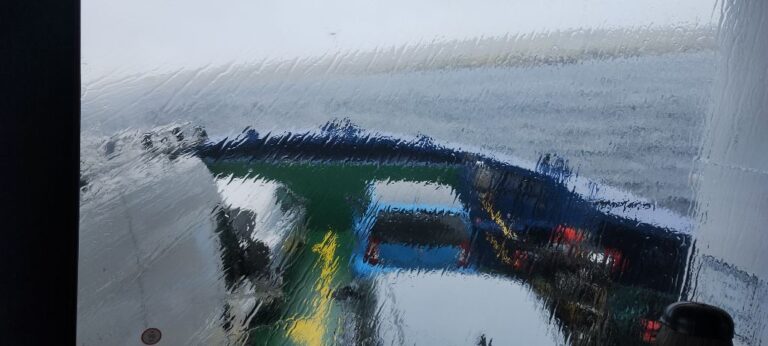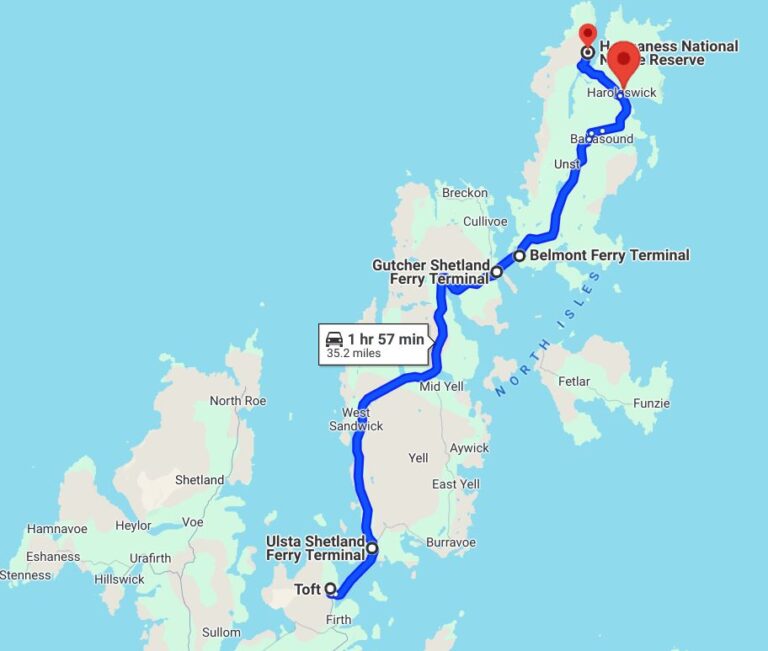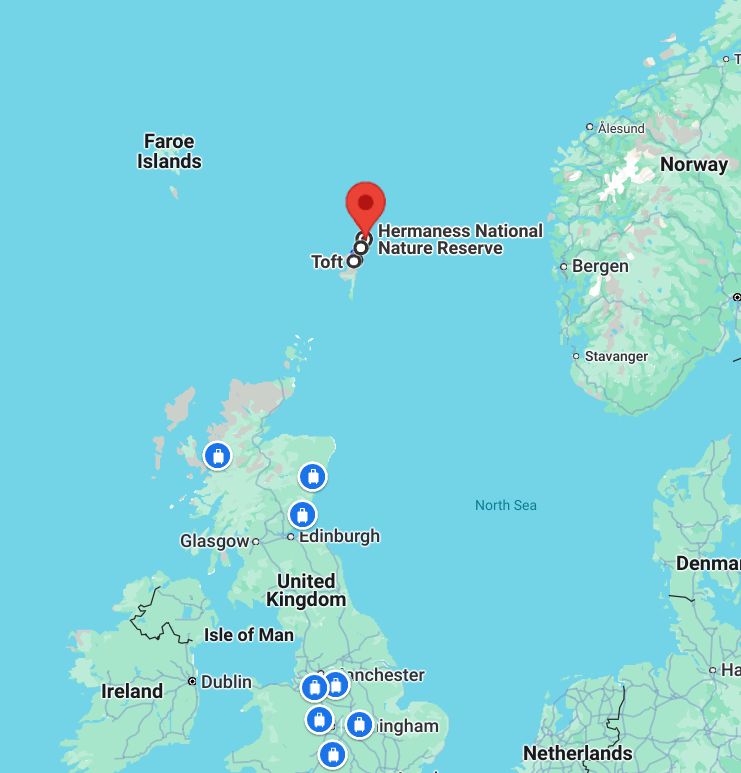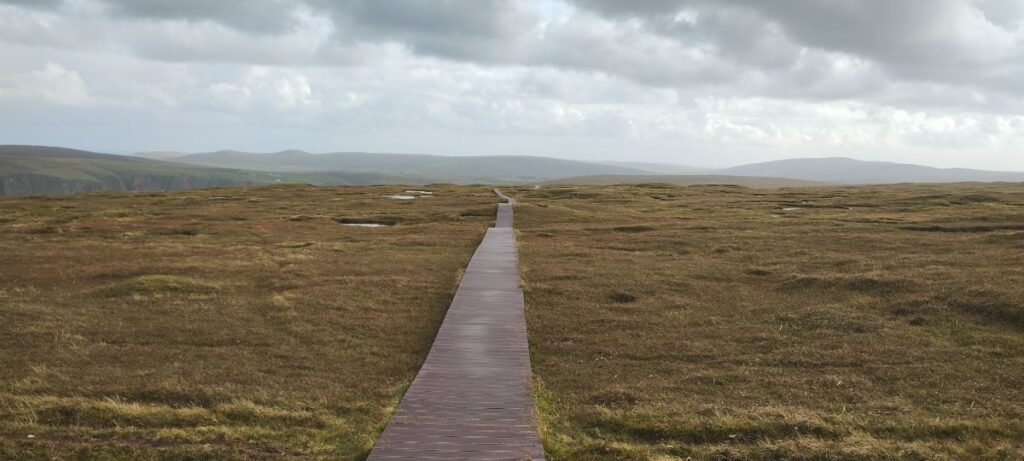The ferry tickets from Mainland Shetland to the islands of Yell and Unst are a bit strange. You book a ferry to Unst and the Yell ferry is included. You pick a time for the ferry from Shetland Mainland to Yell and the ferry company, Caledonian MacBrayne (CalMac) assigns you a ferry time from Yell to Unst. The ferry departs for Unst (from Yell) about 1 hour after the ferry arrives in Yell (from Shetland Mainland). We look at the map and the timing seems a bit close, but we assume that CalMac knows what they are doing. I don’t think they took Rosie’s turtle-like speed into consideration.
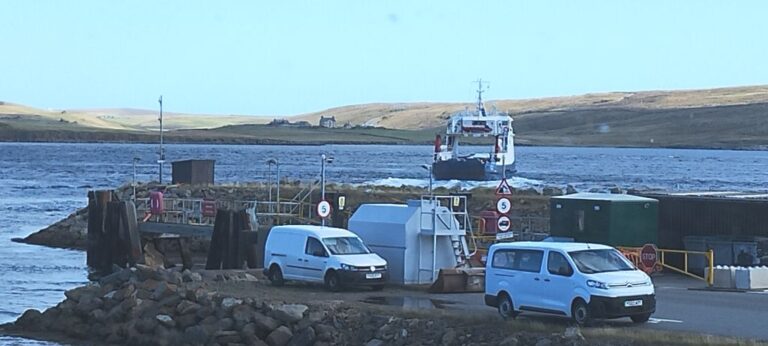
Not to worry though, the ferries sail every couple of hours. The one concern of the ferry staff was if Rosie would fit. Apparently, the usual ferry is out for repairs and a smaller ferry is in use. The ferry staff at the terminal aren’t sure about the height clearance on the smaller ferry.
The ferry returns and we creep on board with all ferry staff eyes on the space between our roof and the front hatch of the ferry (the ferry is the type where the front bow swings up and vehicles have to pass under the bow to board). No problem for Rosie as their is ample height clearance.
On the way up to our destination, a nature reserve at the northern most tip of Unst, we stop at the Viking Project. A replica Viking longhouse and replica Viking ship.
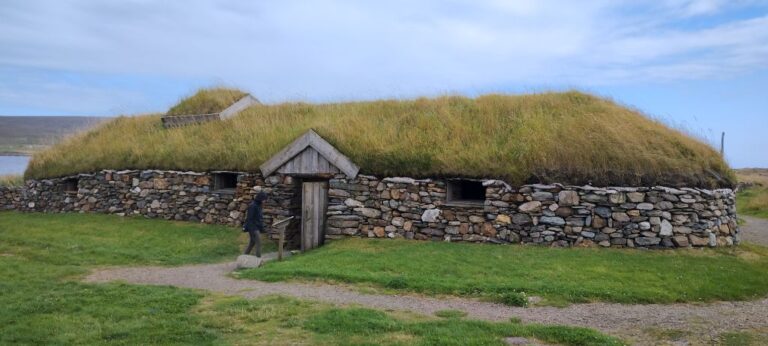
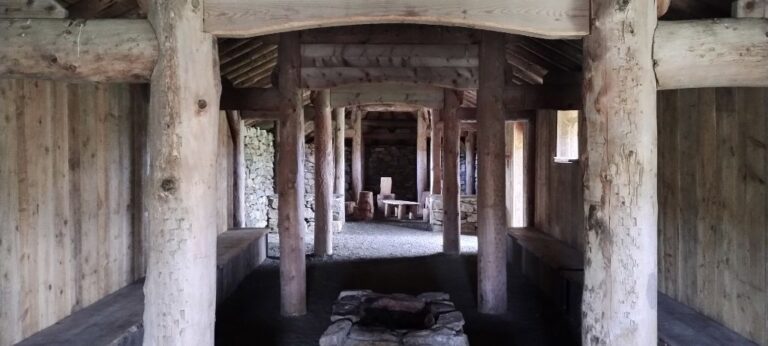
Unst is believed to be the first landing place, in what is now Scotland, of the Vikings around 800 CE. There are many reasons the Vikings left Scandinavia: land at home was becoming less fertile; growing population of young men; unification with Norway was causing discontent; searching for wealth to meet bride prices (inverse of dowries); improvements in ship technology.
The remains of more than 60 longhouses have been found in Unst, the highest rural concentration of longhouses anywhere in the world, including Scandinavia.
The replica longhouse in Unst is a composite of three other longhouses that have been excavated in Unst. Being able to stand inside a completed longhouse provides a much more immersive experience that standing in the ruins of a longhouse. The Unst longhouse seems larger than the longhouse we visited in L’Anse aux Meadows in Newfoundland, but that may be due to fading memory more than reality!
The Viking ship was in the process of being restored, so the mast and rigging were not present. It was still interesting to walk around, and in, the ship. I can’t imagine what it would have been like to cross the Norwegian and North Seas, in these small vessels. Especially not in stormy weather!
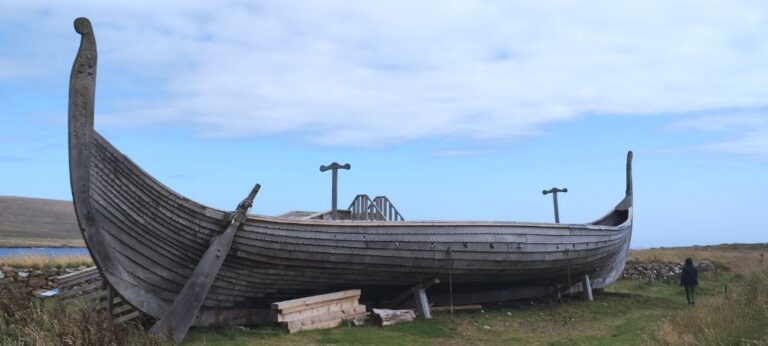
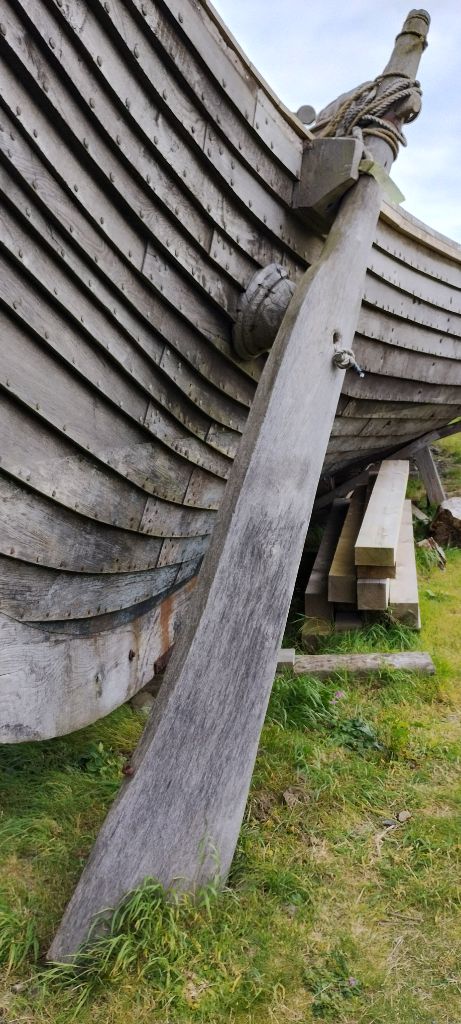
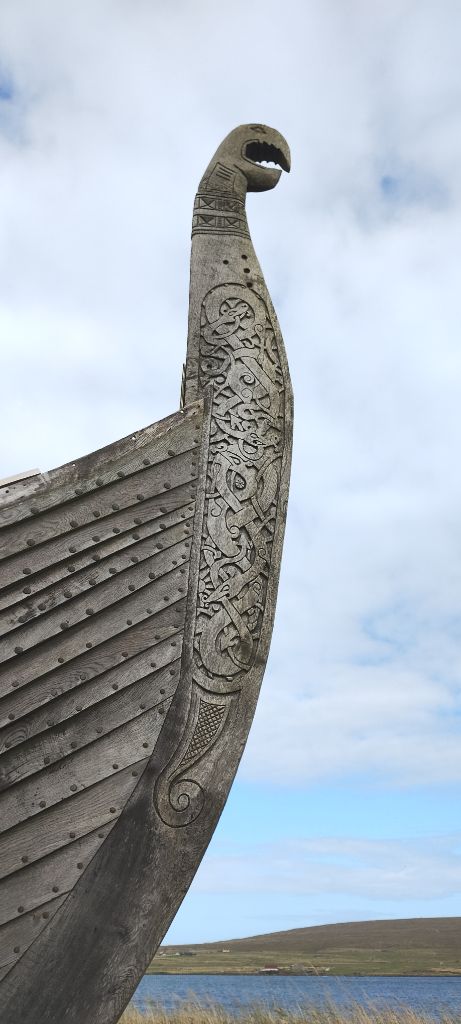
At the northern-most tip of Scotland is the Hermaness National Nature Reserve. A sketchy narrow road makes us wonder if we are in the right place, but around one more corner and we can see the parking lot for the reserve (glad we didn’t meet anyone coming in the opposite direction as the last 1/2 km or so didn’t have any passing bays).
Don’t know what we are going to see here, but we are as far north in Scotland as you can go (60.845 degrees north latitude), so we had to come!
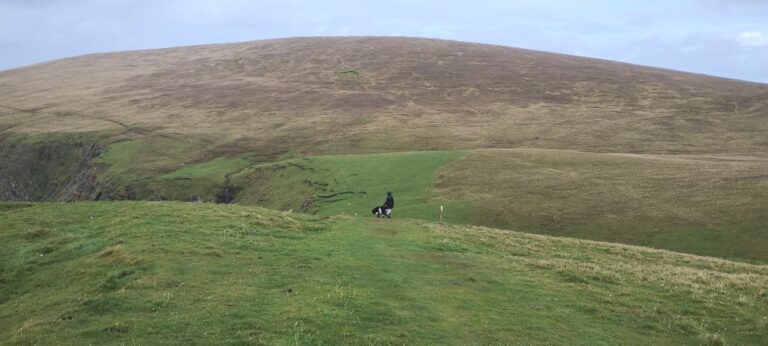
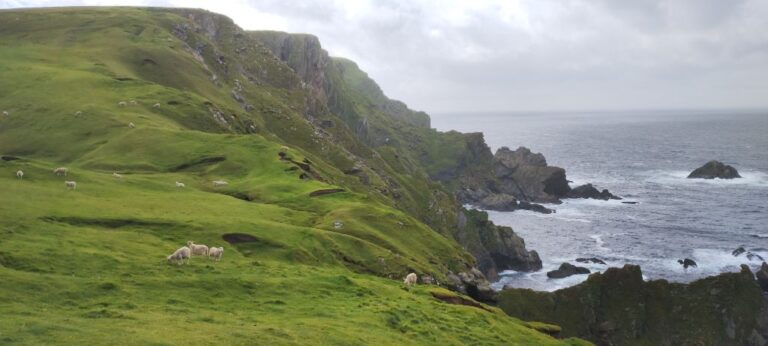
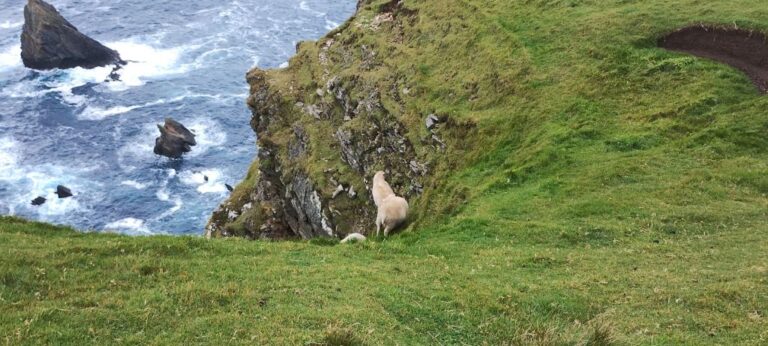
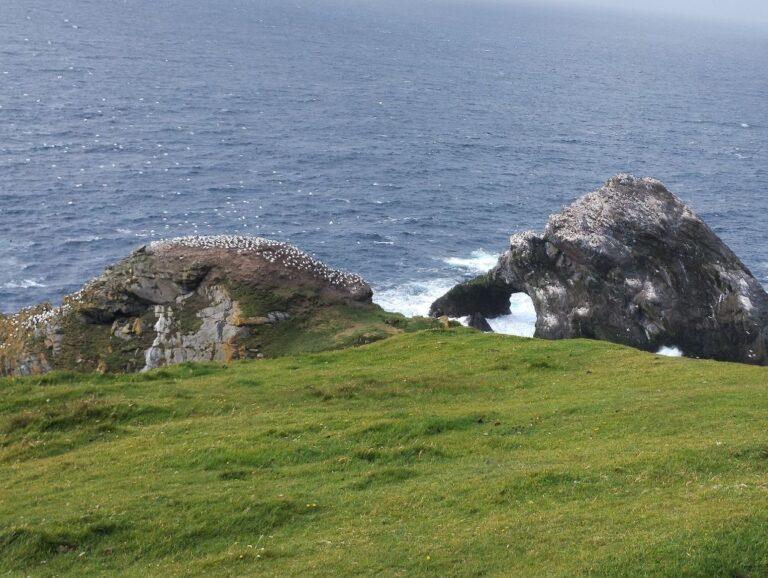
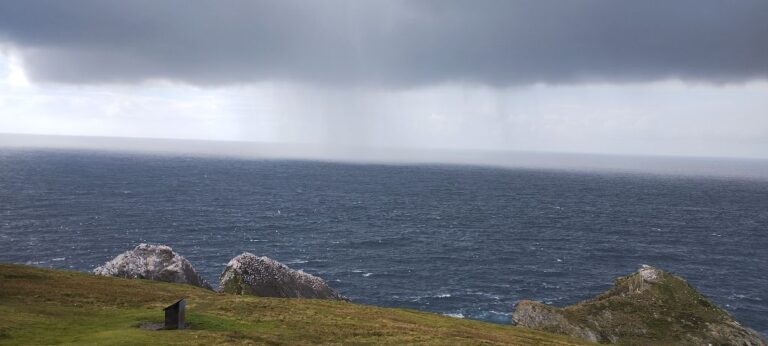
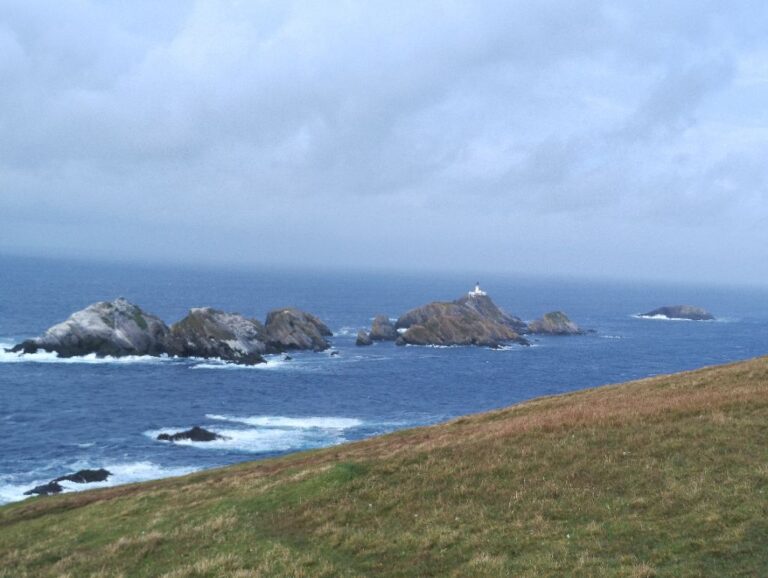
Muckle Flugga is commonly called Britain’s most northerly point, but the small group of rocks just to the north, Out Stack, is actually the northern-most point at 60.86 degrees north latitude (about 1714 km north of Ottawa’s latitude).
For our last nights in Shetland we are staying at a small local beach, Norwick.
Great hiking in Hermaness. Lots to see, just be careful where you step (sheep leave little presents everywhere, the dogs are happy, we are grossed out at the dogs culinary choices).
The photo at the top of this post is a boardwalk in Hernmaness, good to have otherwise we would have been slogging through carpet bog up to our knees.
For our last nights in Unst, Shetland we are staying at a small local beach, Norwick, which is located just past the turn-off for the SaxaVord Spaceport. Yes, spaceport. Scotland really does have a spaceport and it is located in Shetland. No aliens here, just plain old human-made rockets.

The SaxaVord Spaceport is brand new and still under construction. It’s first launch was scheduled for late 2024, but just before we arrived here a rocket engine blew up during testing and damaged some of the facilities, so the launch date has been moved to 2025.
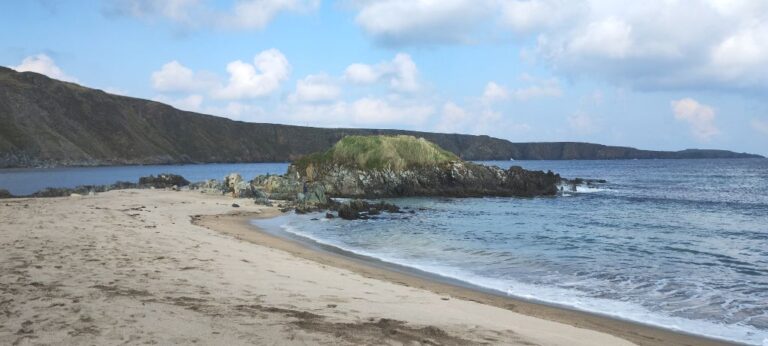
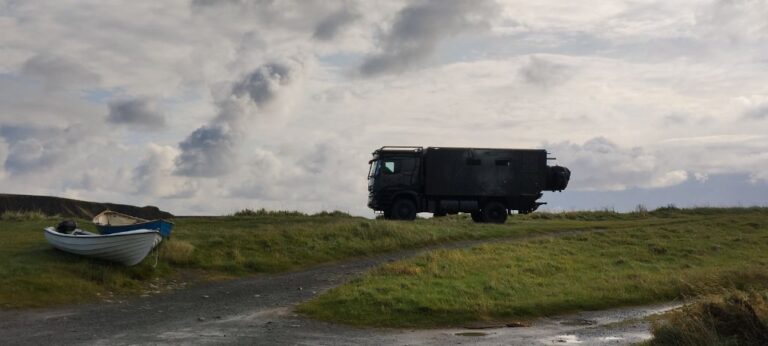
On the way south to the ferry we stop in at the Unst Boat Haven, which is a small local museum dedicated to small fishing and sailing boats used in Unst, with special emphasis on the “Shetland Sixareen”.
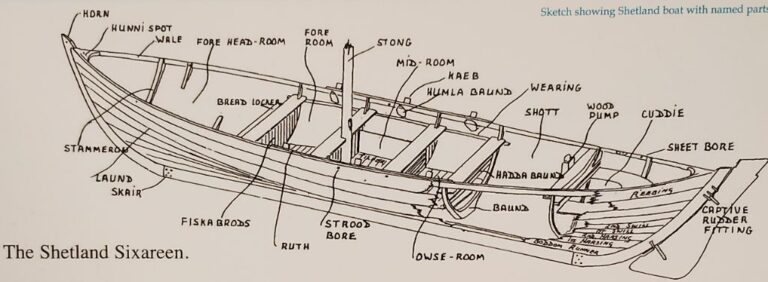
The Shetland Sixareen was a traditional fishing boat used in the 18th and 19th centuries. It’s name came from the fact that is was crewed by 6-7 fishermen (women didn’t go to sea at that time) who would take this tiny boat (25-30 feet in length and 7-8 feet in width) up to 50 miles offshore for 2-3 days to catch fish.
I can’t imagine fishing in these small boats 50 miles out to sea. The waves in the North Sea are not small. A storm in 1832 sank 17 boats in one day, with the loss of 105 men. Another storm sank 10 boats and killed 58 men in 1881. This was not a life for the faint-hearted.
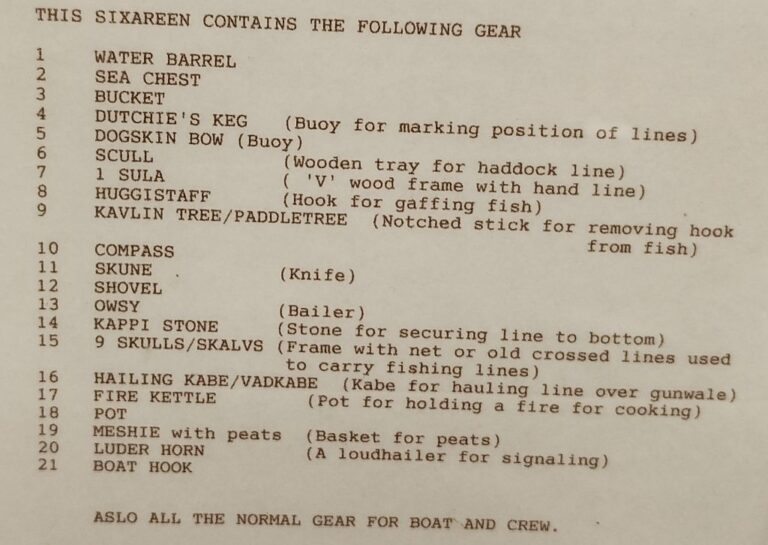
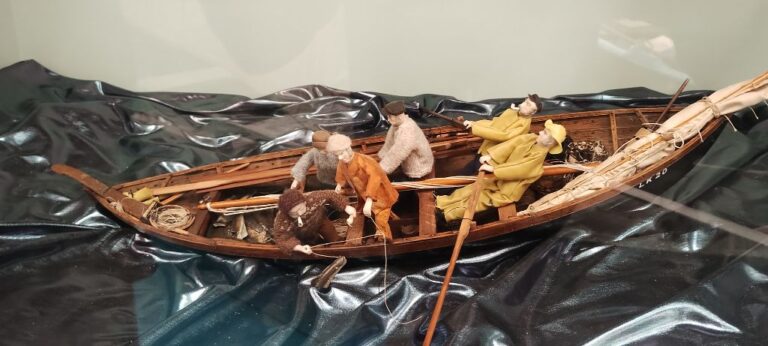
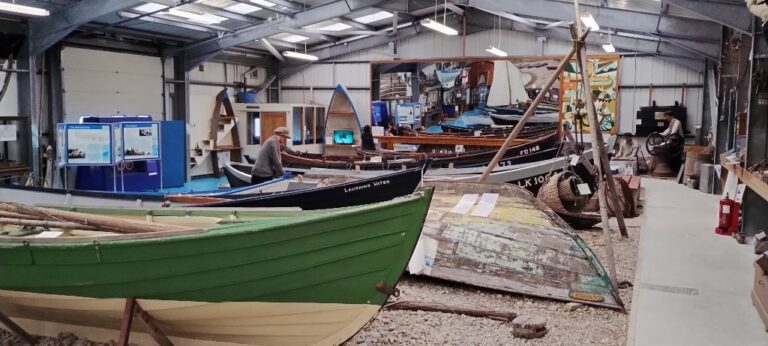
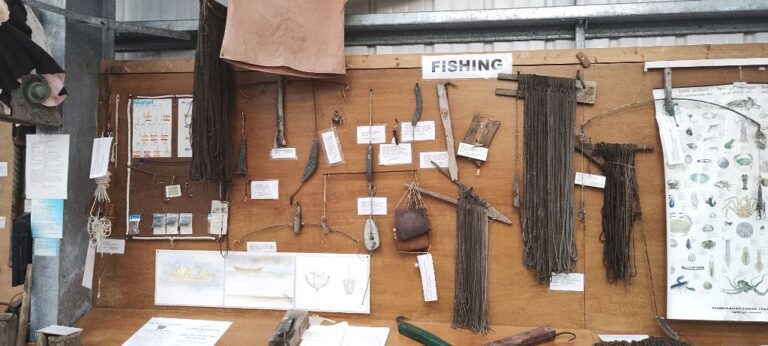
Our final stop before getting the ferry back to Yell is Bobby’s Bus Shelter.
A local boy, Bobby McCauley, got tired of standing in the wind and rain (both of which are incessant in Unst) while waiting for his bus to school. He wrote a letter to the town council and asked for a bus shelter to be built. So it was (gotta love small towns). Soon after it was built a sofa showed up. Then a table, microwave and carpet. Bobby no longer lives in Unst, but this quirky bus stop has grown in popularity and now an annual theme is used to redecorate the shelter.
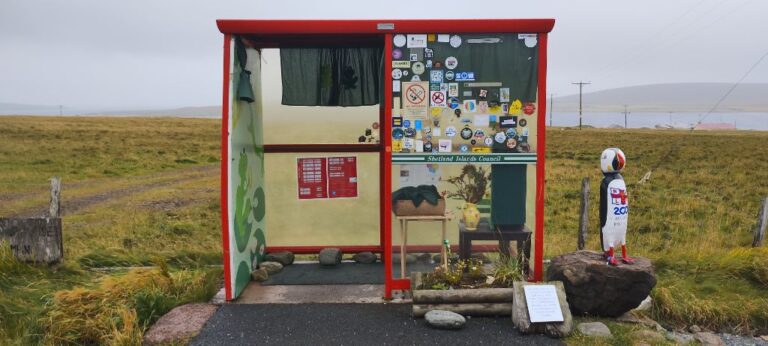
We made it to the ferry terminal with plenty of time to spare. The ferry from Unst to Yell is not a large one as the ferry trip is only about 10-15 minutes. The wind was picking up and so were the waves, but the ferry crew didn’t seem to notice anything unusual.
We thought the waves splashing on Rosie’s windshield was a bit unusual (and scary).
